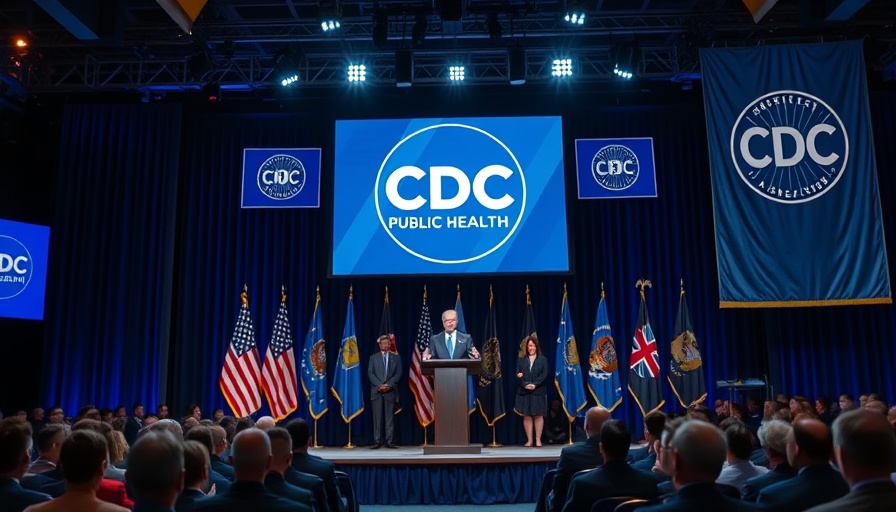
Unlocking the Power of the PHAST: A Comprehensive Overview
The Public Health Assessment Site Tool, often referred to as PHAST, emerges as a vital instrument designed for health assessors to manage environmental health risks effectively. Developed by the Agency for Toxic Substances and Disease Registry (ATSDR), this multi-purpose tool refines the public health assessment process by enabling professionals to screen environmental contaminants, calculate exposure risks, and generate crucial reports with remarkable efficiency.
In ATSDR Public Health Assessment Site Tool, the discussion dives into PHAST functionalities, exploring key insights that sparked deeper analysis on our end.
Why Health Assessors Should Embrace PHAST
With efficiency and consistency at its core, PHAST stands out as an indispensable resource for health assessors. By using this tool, professionals not only streamline their workflows but also ensure adherence to the latest health standards. This feature is particularly pivotal as it involves calculating exposure doses based on the latest data, something that can significantly affect health outcomes. The tool's capacity to provide up-to-date comparison values (CVs) and health guidelines enhances the quality of assessments, making it easier for health care professionals to determine potential hazards.
Understanding the PHAST Workflow
The workflow beginning with PHAST is structured to adapt to varying assessment needs. For example, data inputs from chemical concentrations in various media—ranging from soil to air—can seamlessly flow into the system, offering versatile functionality. Health assessors have the option to utilize accompanying tools like the SHOWER model or the Exposure Point Concentration (EPC) tool, ensuring that they methodically analyze contaminants based on specific exposure pathways before deriving health risks.
Tools that Complement PHAST
Beyond the core functionalities of PHAST, several supplementary tools enhance its utility. The SHOWER model assists in evaluating household water sources, while the EPC tool further assists in evaluating maximum contaminant concentrations. These interconnected tools allow assessors to perform a thorough analysis of environmental risks while simplifying what could otherwise be a convoluted process.
Navigating the PHAST Interface
The user-friendly interface of PHAST is designed for ease of navigation, with tabs for various modules such as "Site Information & Data" and "CV Screen." Health assessors can easily transition between modules, accessing links to vital resources and completing assessments without the frustration of lost data. Users can also save scenarios individually, which ensures personalized data management while complying with privacy standards.
Maximizing Resources and Training
One of the standout features of PHAST is the vast array of training resources available. The PHAST User Guide and separate training videos allow health assessors to fully exploit the tool's potential! These well-organized resources break down complex processes into understandable steps, perfect for both new and veteran users seeking to refresh their skills or explore new features.
It’s important to check for updates regularly and to utilize the Resources tab for guidance. This ensures that health assessors remain aligned with the latest requirements and revisions in the field, thereby maximizing the effectiveness of their public health assessments.
In summary, the PHAST serves as a crucial asset for health professionals aiming to conduct comprehensive public health assessments. Its integrative approach not only boosts efficiency but also ensures thorough analyses of environmental impact on health, enabling informed decision-making that ultimately contributes to community well-being.
To conclude, it’s vital for all health assessors to embrace PHAST and optimize their workflows for public health betterment. With so much at stake, familiarizing themselves with this robust tool has never been more essential!
 Add
Add  Add Row
Add Row 




Write A Comment